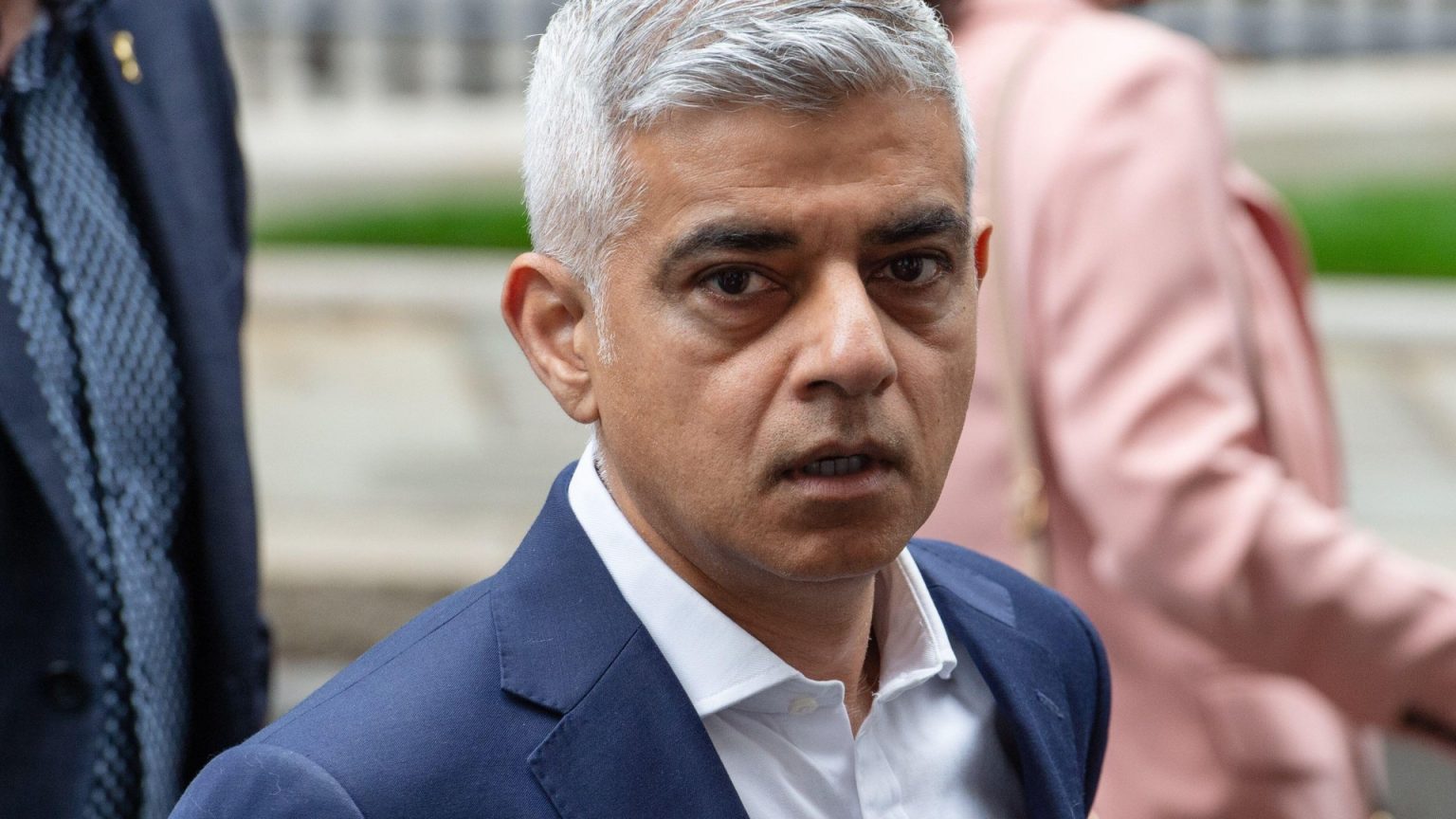Sadiq Khan’s tenure as Mayor of London has coincided with a dramatic escalation in knife crime, reaching unprecedented levels across various metrics. Since his inauguration in 2016, the number of individuals reported for knife possession has surged, culminating in a record-breaking 30% increase in 2018. This alarming trend extends beyond mere possession, encompassing a more than twofold increase in knifepoint robberies, which now approach a staggering 10,000 annually. The gravity of the situation is further underscored by the near tripling of threats to kill involving a knife, exceeding 1,000 per year. Tragically, fatal stabbings have also witnessed a 38% rise, surpassing the grim milestone of 100 annually. Even more disturbing is the two-thirds increase in the average number of knifepoint rapes and sexual assaults. These figures paint a stark picture of escalating violence and insecurity gripping the capital under Khan’s leadership.
The public outcry following Jodie Chesney’s tragic murder in 2019, a 17-year-old girl scout mistakenly targeted by gang members, exemplifies the widespread concern over London’s knife crime crisis. Jodie’s stepmother, Joanne, has vehemently criticized Khan’s knighthood, deeming it a “total joke” in light of the escalating violence. She argues that Khan’s claims of decreasing knife crime are contradicted by the daily reports of stabbings and the palpable sense of fear permeating the city. Joanne contends that the Metropolitan Police lack the necessary resources and authority to effectively combat the issue, while the Mayor remains seemingly oblivious to the escalating crisis. Her sentiments reflect the growing frustration and disillusionment among Londoners who feel increasingly vulnerable to knife-related violence.
While the Mayor’s office maintains that the number of knife injuries has decreased under Khan’s leadership, this assertion fails to address the broader picture of escalating knife-related crime. The significant increases in knife possession, robberies, threats to kill, fatal stabbings, and sexual assaults paint a drastically different picture, one of a city grappling with an increasingly dangerous knife crime epidemic. The focus on a single metric, while potentially showing a slight improvement, obscures the larger, more alarming trend of rising knife-related violence across various categories. This selective presentation of data does little to assuage public concerns and may even exacerbate the perception of a disconnect between the Mayor’s office and the lived reality of Londoners.
The Mayor’s spokesman emphasizes the importance of public safety and highlights a decrease in homicides among those under 25, reaching the lowest level since 2003. However, this statistic, while positive, fails to address the broader spectrum of knife-related crime, which continues to rise alarmingly. The focus on a specific demographic and a single crime category, while noteworthy, does not negate the overall surge in knife-related offenses. The public’s concern stems not solely from homicides but also from the pervasive fear generated by the increasing prevalence of knife possession, robberies, threats, and sexual assaults. These crimes, even if not resulting in fatalities, contribute significantly to the climate of fear and insecurity plaguing the city.
The discrepancy between the Mayor’s claims and the stark reality of escalating knife crime fuels public skepticism and criticism. The Mayor’s office points to specific decreases in certain areas, while the overall trend indicates a worsening situation. This selective presentation of data, while not necessarily inaccurate, creates a perception of downplaying the severity of the crisis. The public’s perception is shaped not by isolated statistics but by the daily reports of stabbings, the palpable fear in communities, and the personal experiences of victims and their families. The disconnect between the official narrative and the lived reality undermines public trust and fuels the perception that the Mayor’s office is failing to adequately address the crisis.
The rising tide of knife crime in London demands a comprehensive and multi-faceted approach. Focusing solely on specific metrics while ignoring the broader trend of increasing violence is insufficient. Effective strategies must encompass robust law enforcement measures, targeted interventions in at-risk communities, and addressing the root causes of knife crime, such as poverty, inequality, and lack of opportunity. A holistic approach that acknowledges the complexity of the issue and engages all stakeholders, including law enforcement, community organizations, and individuals, is crucial to reversing this alarming trend and restoring a sense of safety and security to London’s streets. The current approach, characterized by selective data presentation and a perceived disconnect from the reality on the ground, is clearly inadequate to address the escalating crisis and restore public confidence.




